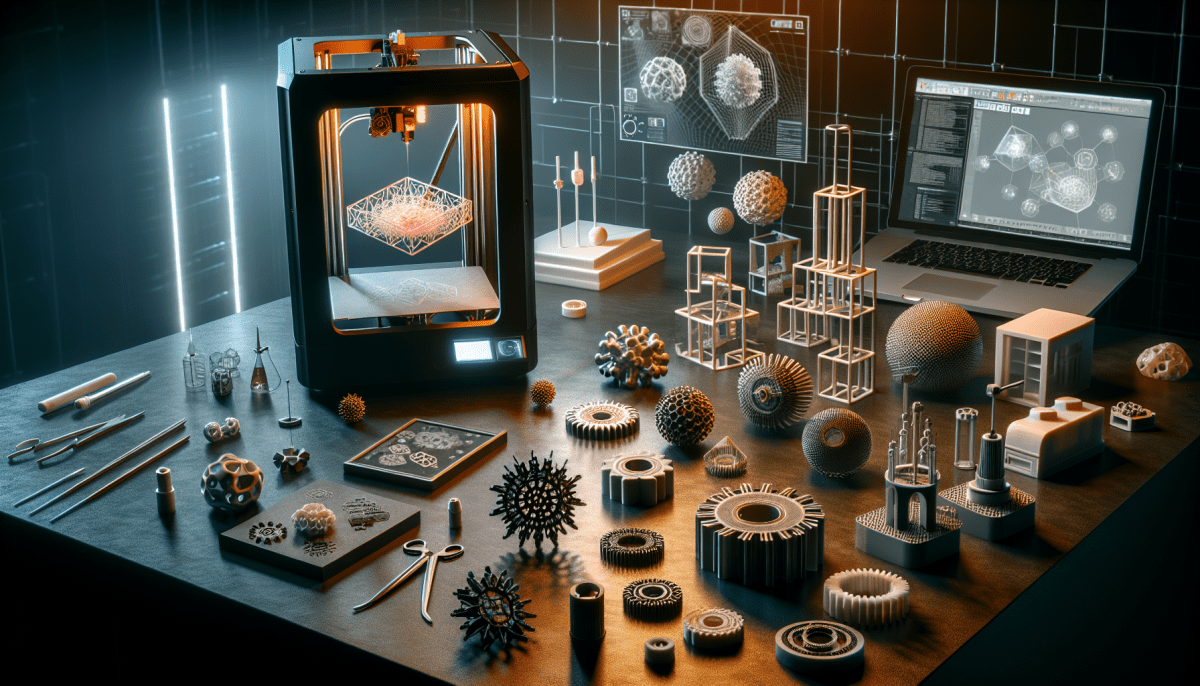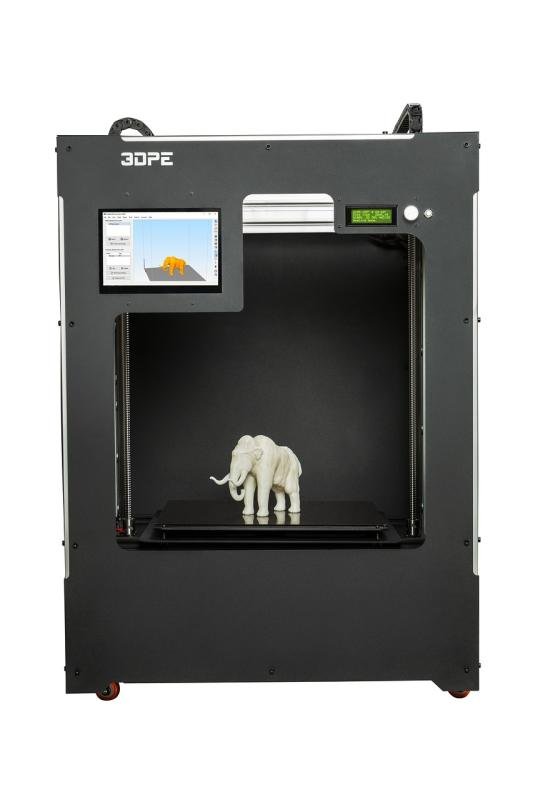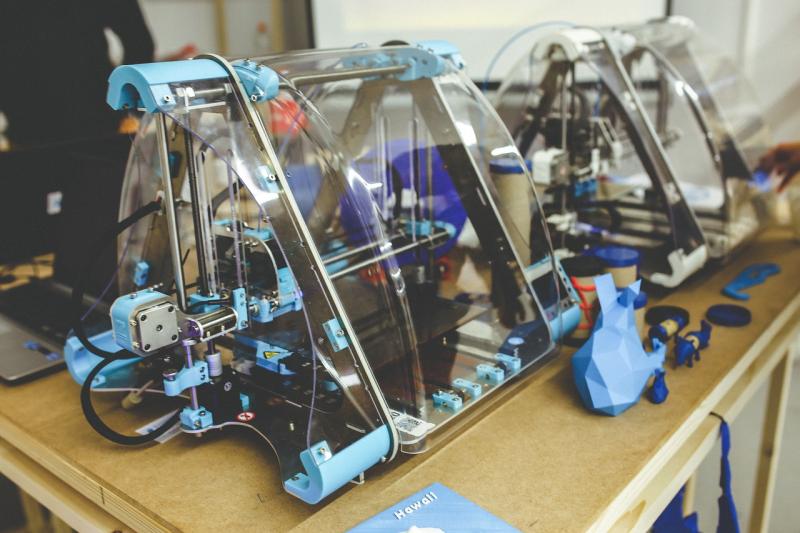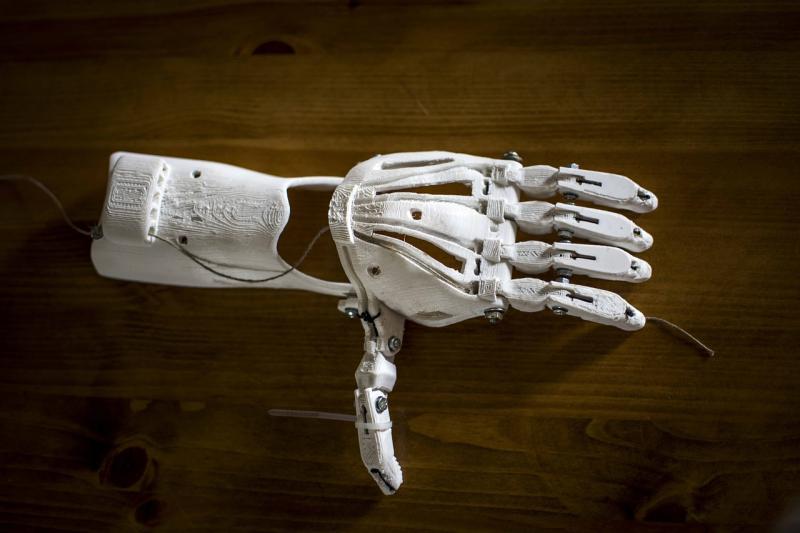3D printing might sound like something straight out of a sci-fi movie, but it's very much a reality today! At its core, 3D printing, also known as additive manufacturing, is a process where a printer creates three-dimensional objects from a digital file. Instead of using ink, the printer uses materials like plastic, resin, or even metal to build up objects layer by layer.
Imagine it like making a cake, where you add one layer of batter at a time, baking each layer individually. In 3D printing, each layer is precisely designed and printed, joining together to form the final product. The beauty of this process is that it allows for incredible precision and creativity. You can create anything from simple toys to complex mechanical parts!
Getting started with 3D printing is easier than you might think. First, you’ll need a 3D printer, which can vary widely in price and capability. There are plenty of affordable options out there for beginners. Then comes the fun part: designing or downloading a 3D model. There are many free resources online where you can find ready-to-print designs.
Once you have your printer and design, it’s all about setting up the printer, preparing your material, and hitting print! It might take a bit of practice to get everything just right, but don't worry—there are tons of tutorials and communities out there to help you along the way. So, roll up your sleeves and dive into the exciting world of 3D printing!
Essential Tools You Need
Starting your journey into 3D printing can be super exciting, but having the right tools makes all the difference. Here’s a handy list of essential tools you’ll want to have on hand as you dive into this fantastic world.
With these tools at your side, you'll be well on your way to exploring the amazing possibilities that 3D printing offers. Happy printing!
Choosing the Right 3D Printer
First off, think about what you want to create. Are you planning to print small models, toys, or maybe even complex structures? Understanding your project goals will help narrow down your options. For beginners, a printer that supports PLA, a user-friendly filament, is often a great choice since it's easy to work with and offers good results.
Next, take a look at the printer's size. If you're working with limited space, you’ll want to consider a compact option. Plus, check the build volume - that’s the maximum size of the object you can print. If you’re dreaming of bigger projects, go for a model with a larger build area.
Lastly, don’t overlook the printer’s user interface. A printer with a straightforward setup and intuitive controls will make your life much easier. Some printers even come with a handy touchscreen and built-in tutorials, perfect for beginners who are still learning the ropes.
With these tips in mind, you’ll be well on your way to finding the 3D printer that fits your needs best. Happy printing!
Simple First Projects to Try
Ready to dive into 3D printing? Starting with simple projects can really boost your confidence and get you familiar with the process. Here are a few fun ideas that anyone can tackle, even if you're brand new to 3D printing!
1. Keychain: A keychain is a classic first project. It’s quick to print and gives you the chance to play with different designs. You can find tons of free templates online, or you can even design your own using simple software. Plus, you’ll have a cool personalized accessory to show off!
2. Phone Stand: Everyone could use a phone stand! This project is functional and relatively easy to create. You'll find plenty of designs that require minimal skill and use just a bit of filament. Once it's printed, you'll love having your phone easily accessible while you work or watch videos.
3. Mini Planter: If you’re into plants, a mini planter is a delightful project. It’s a great way to get creative and add a bit of greenery to your space. You can find small, fun designs that don’t take long to print and can spruce up your windowsill or desk.
These projects not only help you understand your 3D printer better but also let you see the exciting potential of what you can create. Don’t forget to have some fun with it and experiment as you go along!



